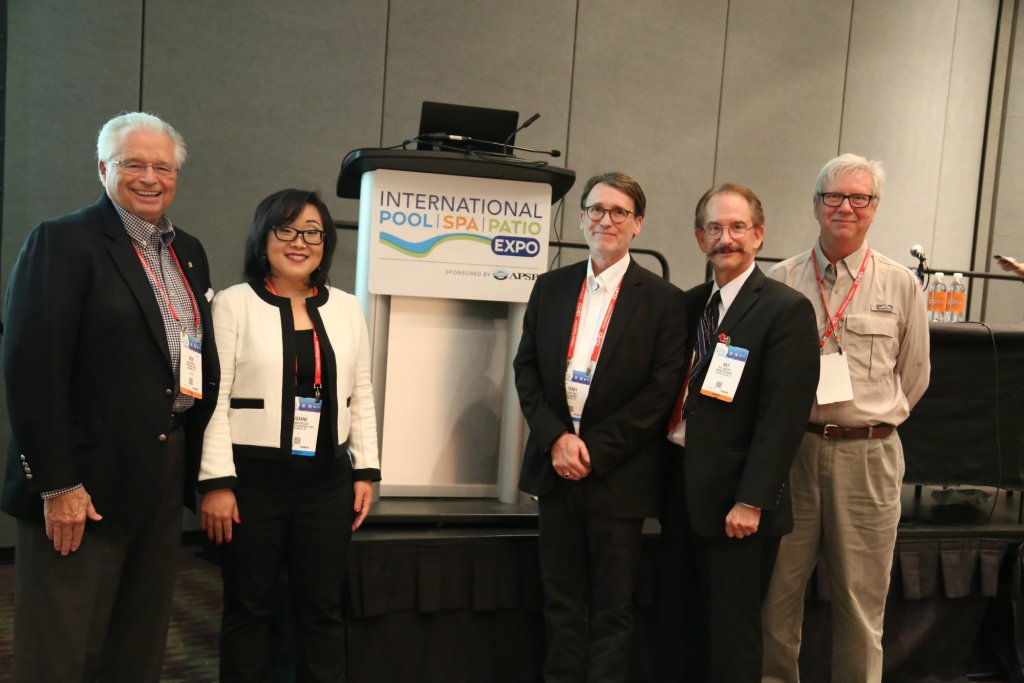At the International Pool | Spa | Patio Expo in Orlando, a panel gathered to share their expertise about preparing and responding to natural disasters.
In light of the recent hurricanes, and with the venue being in Florida, the group focused mostly on hurricanes. Moderated by PSN Editor in Chief Joanne McClain, the experts addressed all aspects of the issue, including preparation, clean-up, safety, managing the staff and legal issues.
Here is the top piece of advice offered by each panelist:
· Jack Manilla, outgoing APSP chairman and CEO of Portofino Pools in Jacksonville, Fla.
Upon inspecting a pool after a disaster, check for standing water and other electrical hazards. Don’t work on electrical equipment with wet hands or while standing in a puddle. Check for wildlife such as snakes and alligators. If you find a critter, call a local professional who’s qualified to move the animals.
· Ray Arouesty, vice president of Arrow Insurance Service in Westlake Village, Calif.
Regardless of the type of disasters that occur in your area, check client’s pool and equipment areas to make sure everything is secured. For instance, make sure equipment and electrical conduit are secured in case of heavy winds or earthquake. Bolt down equipment so it’s not so vulnerable to flooding. Warn the customer if there are potential problems. Even though a disaster is not the pool professional’s fault, he or she can get snagged legally if the client believes proper care was not taken.
· Terry Arko, Recreational Water Specialist/Commercial Sales at NC Brands in Norwalk, Conn.
Remember that you can’t know what flood waters have been in contact with. Flood water in the pool could have irrigation runoff, solvents or worse. So warn customers not to swim. When refilling, be sure to check the source water so you can make proper chemical adjustments. If the structure of the original source was damaged in the disaster, water could be shipped in or tapped from somewhere else.
· Bob Vincent, Environmental Administrator, Florida Department of Health
To keep customer and their children out of the pool, do what you can to secure it with layers of protection such as fencing.
